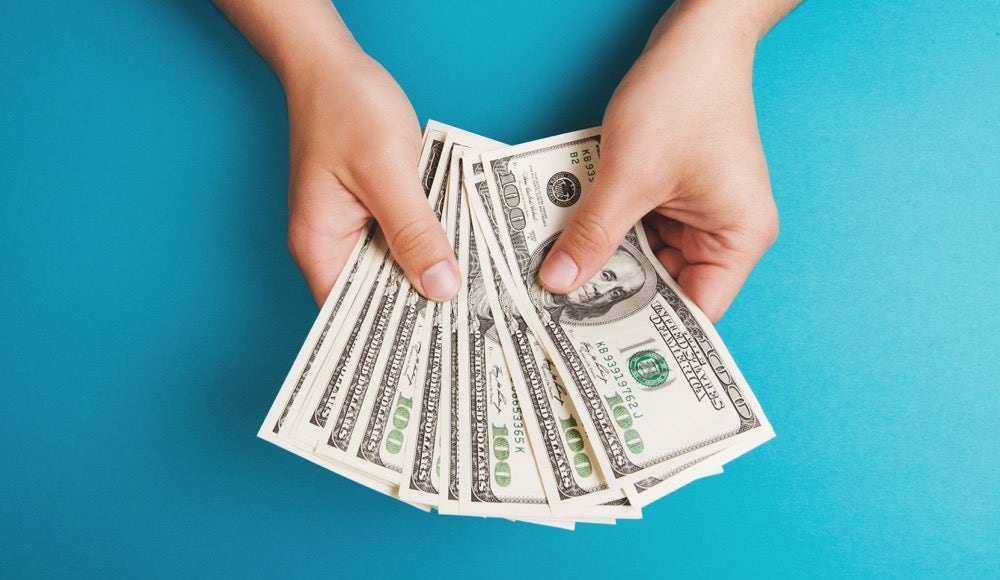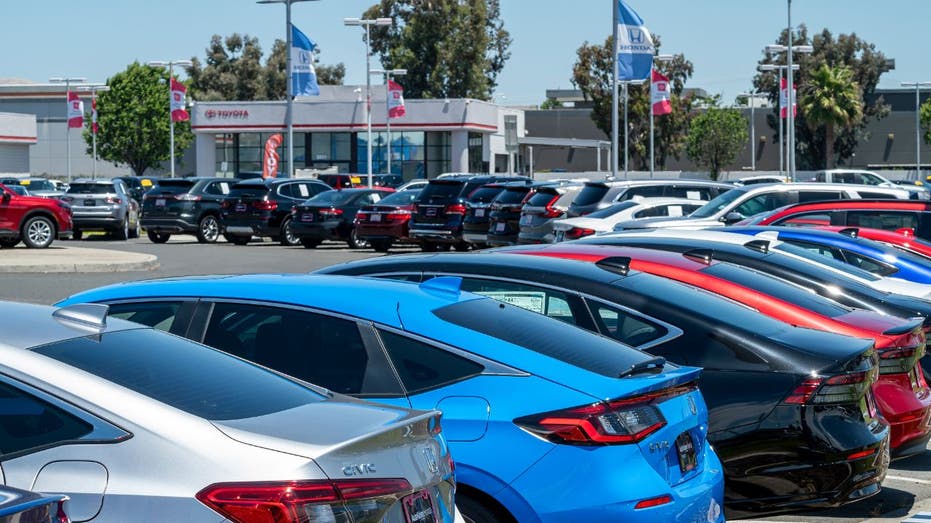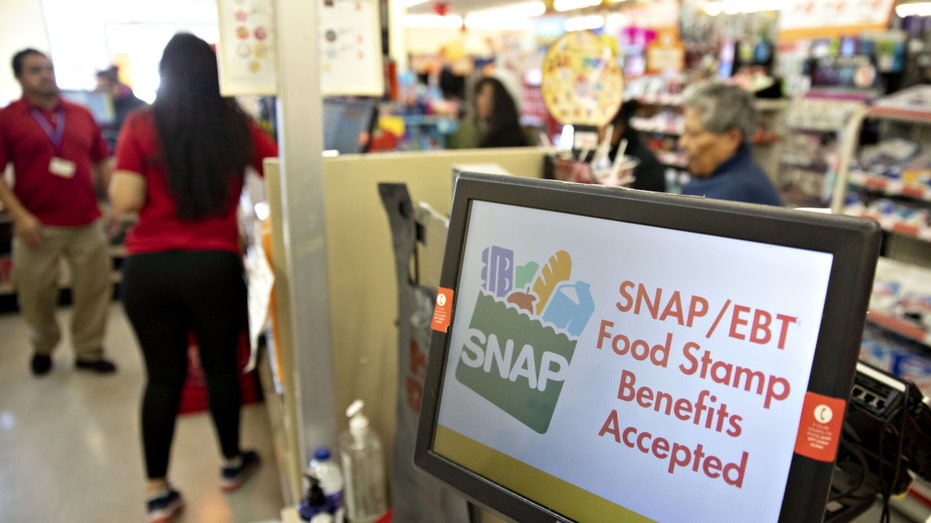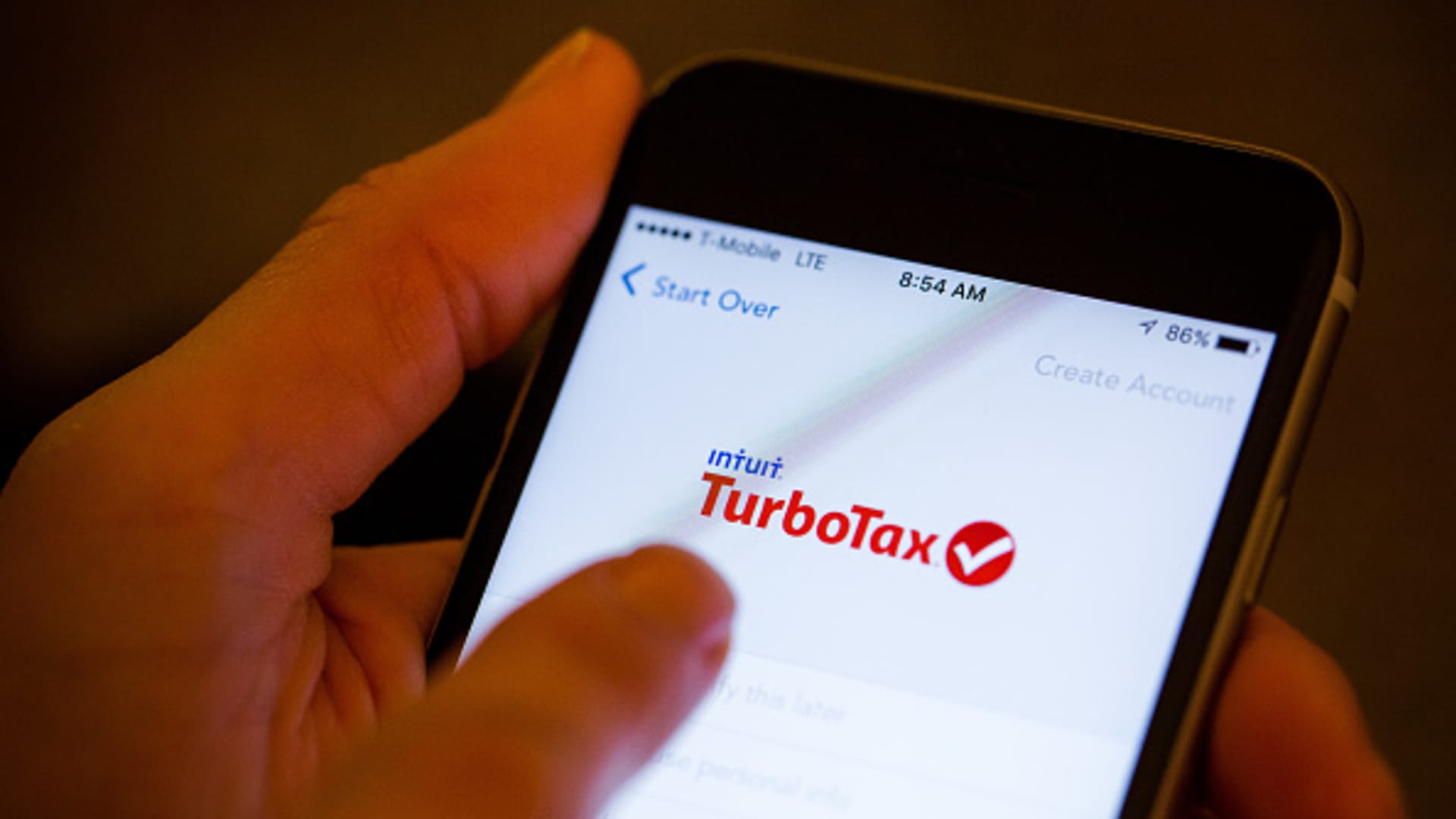Ramsey Solutions financial expert George Kamel weighs in on Americans working past retirement age and provides advice for investors.
As Generation X continues getting closer to retirement, some have less than rosy views about their retirement prospects, according to a recently-released study from Fidelity Investments.
Fidelity Investments found in the latest edition of its annual “State of Retirement Planning” study that 45% of Gen Xers – those between the ages of 44 and 59 – reported feeling they were “not confident” in their ability to retire “when and how they want.”
Meanwhile, 53% felt confident they could do so.
A person puts money into a retirement savings jar. (iStock / iStock)
“Gen X is most likely to be what we call the sandwich generation right now,” Fidelity Investments Vice President of Retirement Offerings Rita Assaf told FOX Business. “They are caring for both children and aging parents, as well as preparing for retirement. That’s pretty costly.”
“They’re also at a time where higher cost of living, so if they’re helping with children, they most likely have kids in college or maybe they just finished college, and those costs have been much higher,” she continued. “Their day-to-day expenses are much higher. And we also know with aging parents, the healthcare and long-term care costs associated with that as well.”
Assaf said Gen X being poised to be the first “401(K) generation” has also driven those figures.
“Current retirees are primarily using still pensions as their primary way to fund their retirement savings, but Gen X, I think our study found 61% will be leveraging 401(K)s and IRAs and individual savings vehicles for retirement, so that’s a big difference as well,” she noted.
401(K) BALANCES HIT SECOND HIGHEST ON RECORD: FIDELITY
Compared to last year’s study, Gen X confidence in retiring “when and how they want” dropped 16 percentage points, something that Assaf linked to higher cost of living and members of the generation moving nearer to retirement age.
She said the survey “really highlighted the fact that with higher cost of living, there’s a bit of general concern that ‘will my retirement savings last’?”
Gen X “notably hold the most negative retirement outlook” among the four generations included in the study, according to Fidelity Investments.
The study found Gen Z and Millennials felt the most confident about retiring “on their own terms,” at 75% and 71%, respectively. Meanwhile, 68% of Baby Boomers reported they were confident.
For Gen X, juggling children, aging parents and higher costs of living have played into that. Assaf also said that “anxiety tends to raise as you get close” to retirement.
Younger generations like Gen Z and Millennials “still have a long time-horizon so they’re actually feeling more confident” and “have more time on their hands to save more and invest and reap the benefits of compound earnings,” according to Assaf.
Overall, 67% of those in their retirement planning years felt positively when it came to retiring “when and how they want,” Fidelity Investments said.
THIS MIDWESTERN STATE IS CONSIDERED ONE OF THE BEST PLACES TO RETIRE, NEW STUDY SAYS: SEE THE LIST
The study was based on a survey that involved over 2,000 “adult financial decision makers” with a minimum of one investment account.
Socking away sufficient money, inflation and high costs of living, striking the balance of covering expenses now versus saving for retirement and figuring out the amount of funds needed for retirement were among the issues respondents identified as those posing the most challenge, according to the study.
Closeup of a senior man’s hand calculating bills at home (iStock / iStock)
Meanwhile, among current retirees, the Golden Years were “going as planned” for 72%, the study reported. A similar share – 70% – also felt their retirement planning set them up sufficiently.
STUDY SHOWS HOW LONG SOCIAL SECURITY, $1.5M NEST EGG WOULD LAST IN 50 STATES
When it came to retirement income, 77% of retirees pointed to Social Security as their top source, according to the study. Behind that was pensions, at 48%, and personal savings, at 41%.
A retired couple walks arm in arm on the beach. (Annette Riedl/picture alliance via Getty Images / Getty Images)
“Planning does not stop at retirement,” Assaf told FOX Business. “You have to keep evolving your planning, even when you’re in retirement.”
The savings of seven in 10 retirees have taken a hit from the rising cost of living, the survey said.
The Transamerica Center for Retirement Studies found in an August 2024 report that the median age of retirement for middle-class retirees was 62.
Americans think $1.46 million is the amount of money necessary to experience a comfortable retirement, according to a study released by Northwestern Mutual last year.

 Economics1 week ago
Economics1 week ago
 Blog Post1 week ago
Blog Post1 week ago
 Economics1 week ago
Economics1 week ago
 Economics1 week ago
Economics1 week ago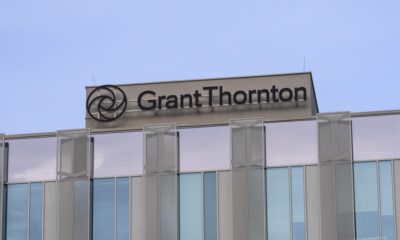
 Accounting1 week ago
Accounting1 week ago
 Economics4 days ago
Economics4 days ago
 Economics7 days ago
Economics7 days ago
 Personal Finance3 days ago
Personal Finance3 days ago





